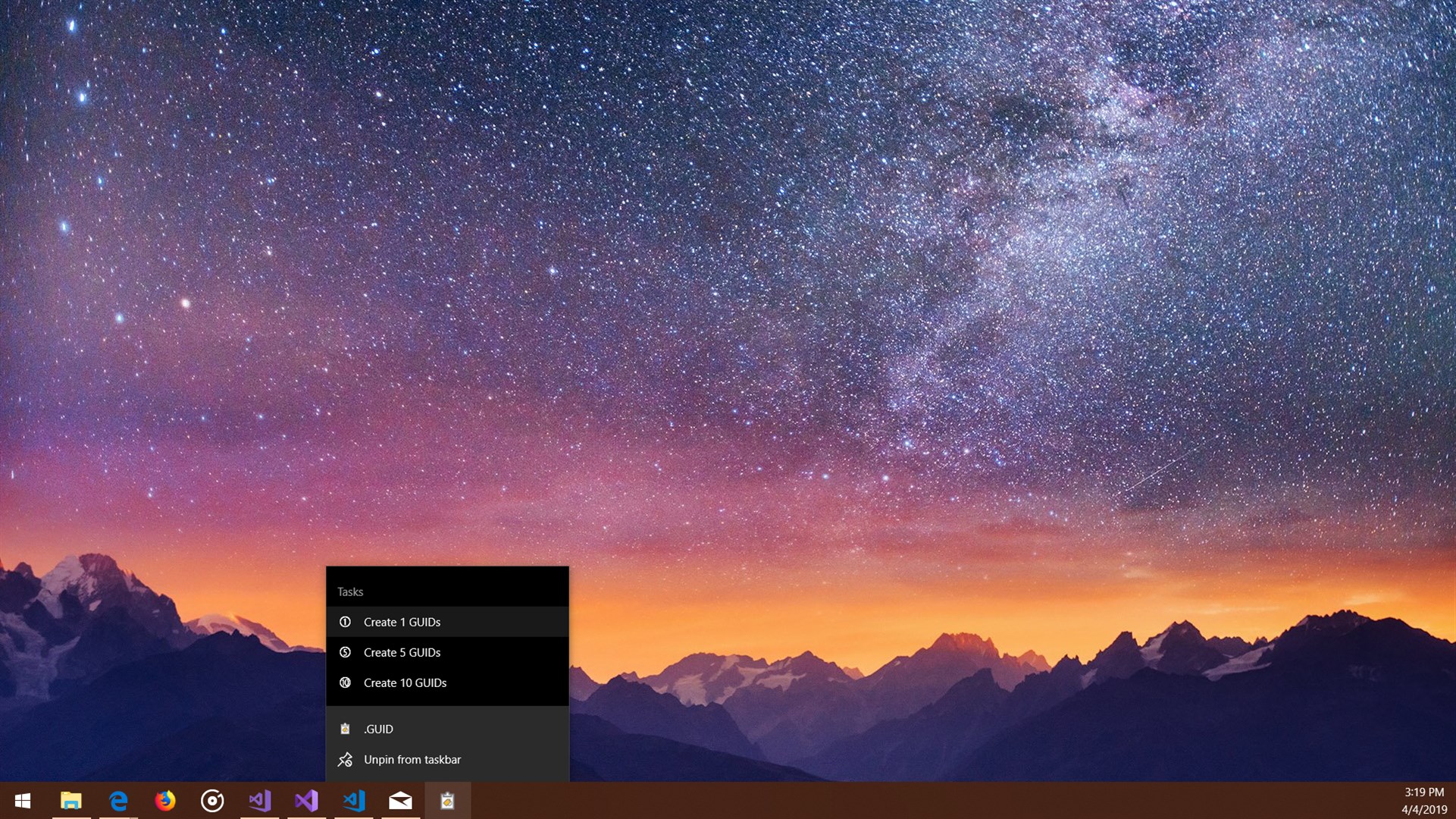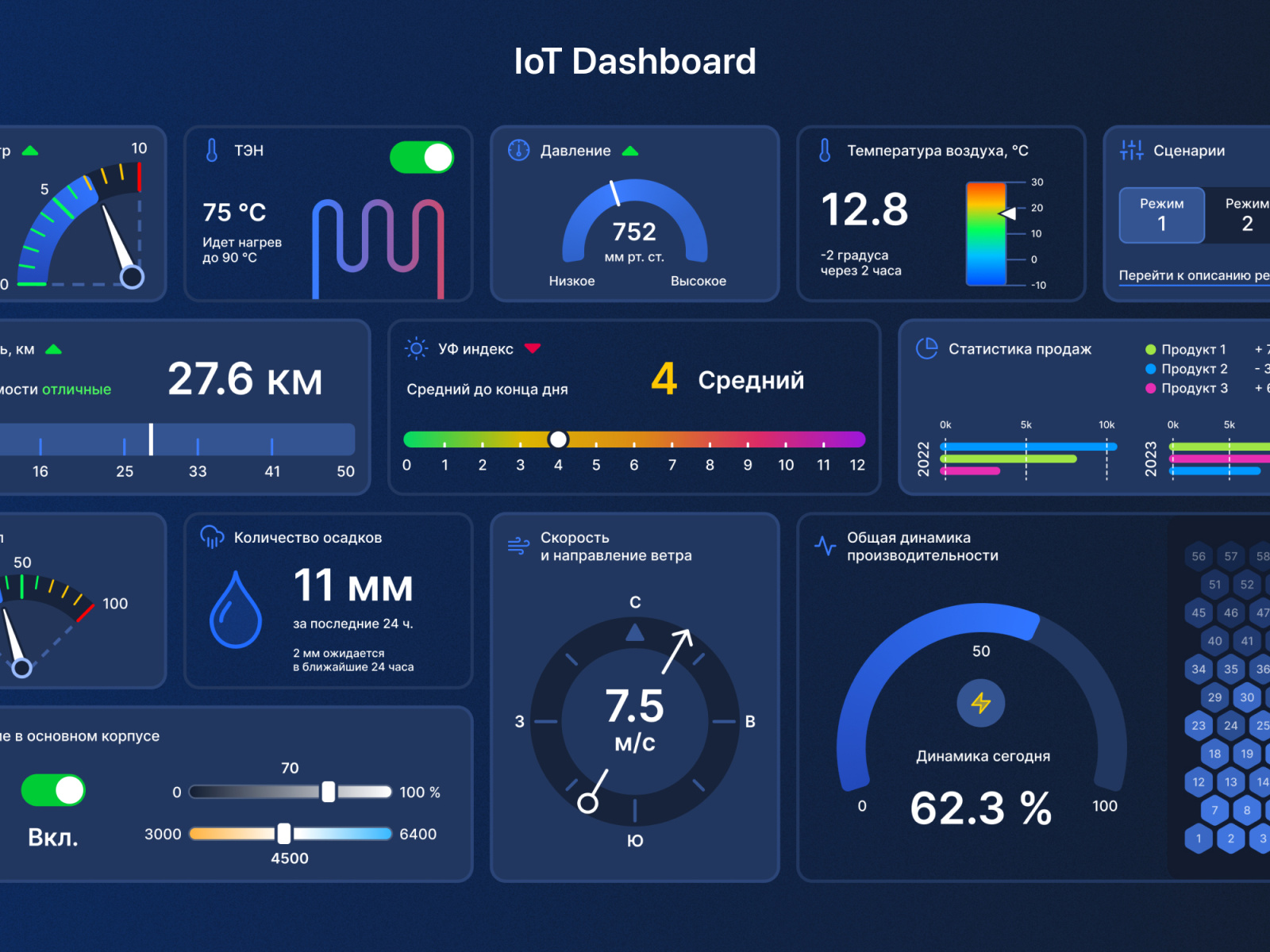Free Remote IoT Display Chart Templates: Your Ultimate Guide To Data Visualization
In today's fast-paced digital world, remote IoT display chart free templates have become essential tools for businesses and individuals seeking to visualize data effectively. These templates allow users to monitor and analyze IoT data from anywhere in the world, providing valuable insights and driving informed decision-making. Whether you're a developer, data analyst, or tech enthusiast, understanding how to leverage these templates can significantly enhance your data visualization capabilities.
As IoT devices continue to proliferate, the need for intuitive and accessible data visualization tools has never been greater. Remote IoT display chart templates offer a cost-effective solution, enabling users to create professional-grade charts without requiring extensive coding knowledge. This article will explore the key features, benefits, and best practices associated with these templates, providing you with the tools you need to succeed in the data-driven landscape.
By the end of this guide, you'll have a comprehensive understanding of remote IoT display chart free templates, including how to choose the right template for your needs and how to implement them effectively. Let's dive in and discover how these powerful tools can transform your data visualization efforts.
Read also:Dr Doom Technology The Visionarys Impact On Modern Innovation
Table of Contents
- Introduction to Remote IoT Display Chart Templates
- Benefits of Using Remote IoT Display Chart Templates
- Choosing the Right Remote IoT Display Chart Template
- Popular IoT Chart Types and Their Uses
- Customization Options for Remote IoT Charts
- Integrating Templates with IoT Platforms
- Data Security Considerations for Remote IoT Displays
- Best Practices for Using Remote IoT Display Chart Templates
- Case Studies: Successful Implementations of Free Templates
- Future Trends in Remote IoT Display Chart Templates
Introduction to Remote IoT Display Chart Templates
Remote IoT display chart free templates are pre-designed chart formats that allow users to visualize IoT data remotely. These templates are typically available as downloadable resources or integrated into IoT platforms, making them accessible to users with varying levels of technical expertise. The primary purpose of these templates is to simplify the process of creating visually appealing and functional charts that represent complex IoT data.
With the increasing adoption of IoT devices, the demand for effective data visualization tools has surged. Remote IoT display chart templates address this need by providing users with ready-to-use solutions that can be customized to suit specific requirements. These templates support various chart types, including line charts, bar charts, pie charts, and more, ensuring that users can find the perfect format for their data.
Why Use Remote IoT Display Templates?
Using remote IoT display templates offers several advantages, including:
- Time-saving: Templates eliminate the need to design charts from scratch, allowing users to focus on data analysis.
- Cost-effective: Many templates are available for free, reducing the financial burden associated with purchasing proprietary software.
- Customizable: Templates can be tailored to meet specific business needs, ensuring that users can create charts that align with their goals.
Benefits of Using Remote IoT Display Chart Templates
Remote IoT display chart free templates provide numerous benefits that make them an attractive option for businesses and individuals alike. These benefits extend beyond mere convenience, offering users a range of advantages that enhance their data visualization capabilities.
One of the most significant benefits of using these templates is their ability to streamline the data visualization process. By providing pre-designed chart formats, templates enable users to create professional-grade charts quickly and efficiently. This is particularly valuable for organizations with limited resources or tight deadlines, as it allows them to focus on analyzing data rather than designing charts.
Key Advantages of Remote IoT Display Chart Templates
- Improved data interpretation: Well-designed charts make it easier to understand complex data, leading to better decision-making.
- Enhanced collaboration: Remote access to charts facilitates collaboration among team members, regardless of their physical location.
- Scalability: Templates can be scaled to accommodate growing data sets, ensuring that they remain effective as your IoT deployment expands.
Choosing the Right Remote IoT Display Chart Template
Selecting the appropriate remote IoT display chart free template is crucial for ensuring that your data visualization efforts are successful. With so many options available, it's essential to evaluate your specific needs and choose a template that aligns with your goals.
Read also:Understanding Oncore Power Outages A Comprehensive Guide
When evaluating templates, consider factors such as the type of data you need to visualize, the platforms you plan to integrate with, and the level of customization required. Additionally, assess the template's compatibility with your existing systems and ensure that it meets any security or compliance requirements.
Factors to Consider When Choosing a Template
- Data type: Ensure the template supports the type of data you need to visualize (e.g., time-series data, categorical data).
- Integration: Verify that the template can be easily integrated with your IoT platform or software.
- Customization: Choose a template that offers sufficient customization options to meet your specific needs.
Popular IoT Chart Types and Their Uses
Remote IoT display chart free templates support a variety of chart types, each designed to represent specific types of data. Understanding the different chart types and their applications can help you choose the right template for your needs.
Some of the most popular IoT chart types include:
- Line charts: Ideal for visualizing trends over time, line charts are commonly used to represent time-series data.
- Bar charts: Useful for comparing categorical data, bar charts make it easy to identify patterns and relationships.
- Pie charts: Perfect for displaying proportions, pie charts are often used to represent percentages or shares of a whole.
Best Chart Types for Specific Use Cases
When selecting a chart type, consider the specific use case you're addressing. For example:
- Energy consumption monitoring: Line charts are well-suited for tracking energy usage over time.
- Inventory management: Bar charts can help visualize stock levels across different categories.
- Market share analysis: Pie charts are ideal for representing the distribution of market shares among competitors.
Customization Options for Remote IoT Charts
One of the key advantages of remote IoT display chart free templates is their flexibility. These templates offer a range of customization options, allowing users to tailor their charts to meet specific requirements.
Customization options may include:
- Color schemes: Adjust the colors used in your charts to align with your branding or preferences.
- Chart styles: Choose from various chart styles, such as 2D or 3D, to enhance the visual appeal of your data.
- Data labels: Add or modify data labels to provide additional context and improve readability.
Advanced Customization Features
Some templates offer advanced customization features, such as:
- Interactive elements: Enable users to interact with charts, such as zooming in or hovering over data points for more information.
- Dynamic updates: Configure charts to update in real-time as new data becomes available.
- Export options: Allow users to export charts in various formats, such as PDF or PNG, for sharing or printing.
Integrating Templates with IoT Platforms
Successfully integrating remote IoT display chart free templates with your IoT platform is critical for maximizing their effectiveness. This process involves ensuring that the template is compatible with your platform and configuring it to work seamlessly with your data sources.
Many IoT platforms, such as AWS IoT, Microsoft Azure IoT, and Google Cloud IoT, offer built-in support for popular charting libraries and templates. This makes it easier for users to integrate templates into their existing workflows.
Steps for Integrating Templates
- Verify compatibility: Ensure the template is compatible with your IoT platform.
- Configure data sources: Set up the necessary connections to your data sources.
- Test functionality: Test the template to ensure it functions as expected and displays data accurately.
Data Security Considerations for Remote IoT Displays
Data security is a critical consideration when using remote IoT display chart free templates. As these templates allow users to access and visualize data remotely, it's essential to implement robust security measures to protect sensitive information.
Best practices for ensuring data security include:
- Encrypting data transmissions to prevent unauthorized access.
- Implementing role-based access controls to restrict data access to authorized users.
- Regularly updating software and templates to address any security vulnerabilities.
Security Best Practices
Adopting security best practices can help safeguard your data and ensure the integrity of your remote IoT displays. Consider:
- Using secure authentication methods, such as multi-factor authentication.
- Monitoring for suspicious activity and addressing potential security threats promptly.
- Complying with relevant data protection regulations, such as GDPR or HIPAA, as applicable.
Best Practices for Using Remote IoT Display Chart Templates
To maximize the effectiveness of remote IoT display chart free templates, it's essential to follow best practices. These practices ensure that your charts are not only visually appealing but also functional and informative.
Key best practices include:
- Keep charts simple and uncluttered to improve readability and comprehension.
- Use consistent formatting and styling to maintain a professional appearance.
- Label axes and data points clearly to provide context and enhance understanding.
Additional Tips for Success
For even greater success, consider the following tips:
- Regularly review and update your charts to ensure they remain relevant and accurate.
- Seek feedback from stakeholders to identify areas for improvement and refinement.
- Stay informed about emerging trends and technologies in data visualization to stay ahead of the curve.
Case Studies: Successful Implementations of Free Templates
Real-world examples of successful remote IoT display chart free template implementations demonstrate their effectiveness and versatility. These case studies highlight how businesses and individuals have leveraged templates to achieve their data visualization goals.
For instance, a manufacturing company used a remote IoT display chart template to monitor production line performance in real-time, leading to increased efficiency and reduced downtime. Similarly, a healthcare provider implemented a template to visualize patient health data, enabling more informed clinical decisions.
Lessons Learned from Successful Implementations
From these case studies, several key lessons emerge:
- Focus on user needs to ensure that templates meet specific requirements.
- Invest in training and support to maximize the value of templates.
- Monitor performance and make adjustments as needed to maintain effectiveness.
Future Trends in Remote IoT Display Chart Templates
The future of remote IoT display chart free templates looks promising, with several trends set to shape their development and adoption. As IoT technology continues to evolve, templates will likely become more sophisticated, offering enhanced functionality and greater flexibility.
Emerging trends include:
- Artificial intelligence-driven customization, enabling templates to adapt to user preferences automatically.
- Increased emphasis on data privacy and security, with templates incorporating advanced encryption and access control features.
- Integration with emerging technologies, such as augmented reality and virtual reality, to create immersive data visualization experiences.
Staying Ahead of the Curve
To stay ahead of these trends, consider:
- Continuously exploring new tools and technologies to enhance your data visualization capabilities.
- Engaging with industry experts and communities to stay informed about the latest developments.
- Investing in training and development to ensure that your team is equipped to leverage new trends effectively.
Conclusion
Remote IoT display chart free templates are powerful tools that can significantly enhance your data visualization efforts. By understanding their features, benefits, and best practices, you can leverage these templates to create professional-grade charts that drive informed decision-making. As IoT technology continues to evolve, staying up-to-date with emerging trends and advancements will be crucial for maximizing the value of

